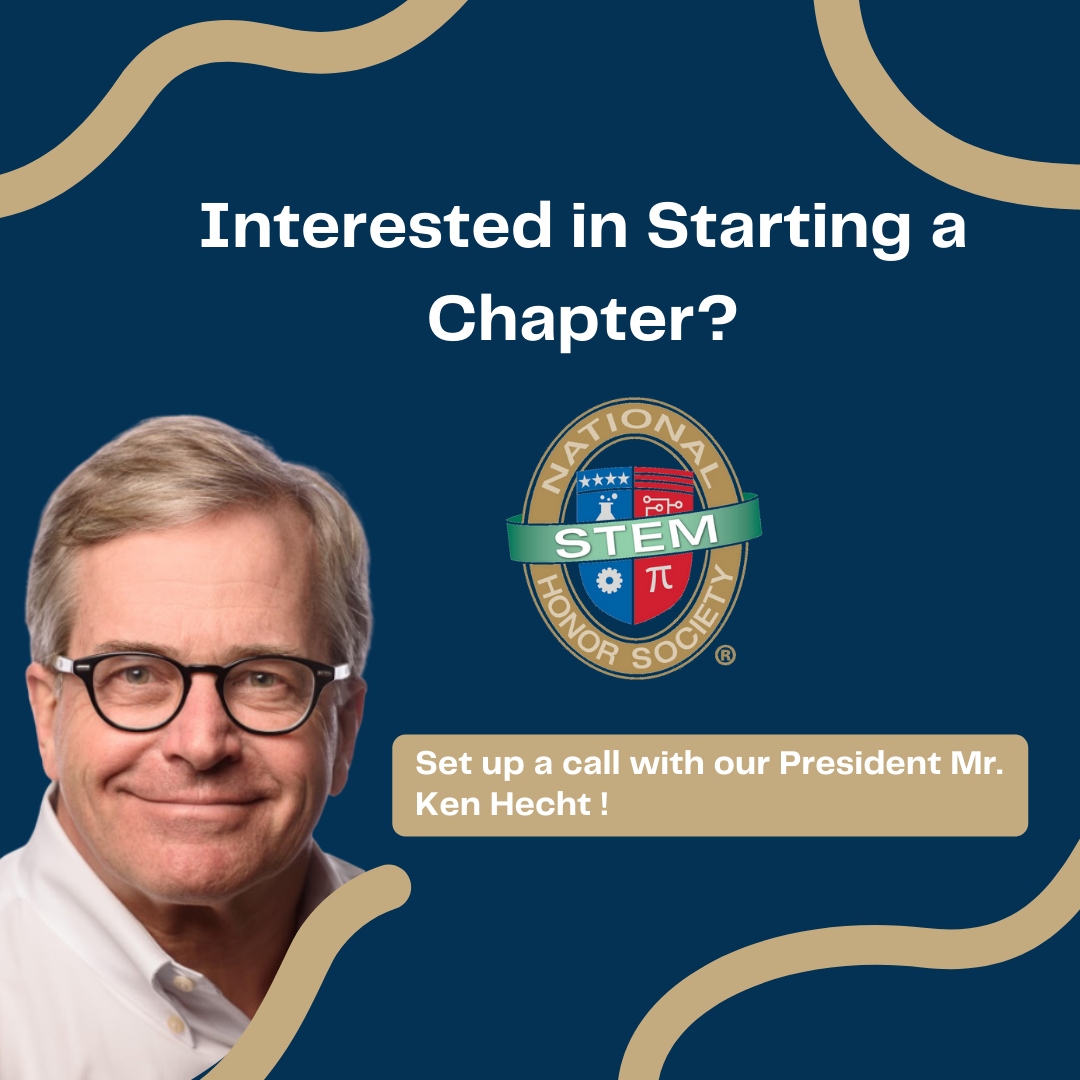
Here at NSTEM, we know how difficult it can be to find memorable projects for your high school students that will both inspire and engage your students. We also understand that it’s important to find projects that can help your students work through a range of complex scientific theories and methods in memorable and unique ways. At NSTEM, we believe in creating and cultivating memorable experiences for the next generation of critical thinkers, no matter which path they choose to journey in life! So, here are five exciting STEM lessons that are both engaging and challenging for high school students.
1. Engineering Art
This lesson from Arizona State University is perfect for the teacher working through the theories of physics and the electromagnetic spectrum, specifically as they pertain to light and sound. For the teacher looking to break the monotony of these subjects, this refreshing lesson plan will challenge your critical thinkers to explore physics through engineering and art design while supporting STEM critical thinking, innovation, and collaboration outcomes! It is suggested that this experience take 2-3 weeks, culminating in the design and creation of an art piece to be presented by each group. If you have the time, try having your students present their final concepts in a mock art show!
Link to lesson: https://stemteachers.asu.edu/stem-lesson-plans/engineering-art
2. What’s In The Water Anyway?
In this Oak Ridge Institute for Science & Education lesson, your students will take on the global water cycle, including the different processes, states, and conditions that affect it. This experiment should take no longer than 90 minutes and supports STEM critical thinking, media, and technology literacy outcomes. This lesson can be a great way to introduce theories of environmental health, beginning with the video “When is Water Safe to Drink?” Afterward, students will use Google Earth to consider how biodiversity rates affect clean water systems on local and global levels.
Link to lesson: https://orise.orau.gov/k12/documents/lesson-plans/whats-in-the-water-anyway-lesson.pdf
3. Immortal Cells
In this lesson from PBS Learning Media, your students will learn to understand fundamental theories of cellular biology, specifically the study of epigenetics, including cell growth, immortality, and how telomeres can affect mortality. This lesson plan is suggested to take around 100 minutes (Two 50-minute sessions), and by focusing on cancerous cell growth, mitosis, and differentiation, your students will gain critical thinking and scientific inquiry skills. This activity may plant a career seed of interest today that inspires your future scientists to discover the next cancer breakthrough tomorrow!
Link to lesson: https://whyy.pbslearningmedia.org/resource/immortal-cells-lesson-plan/sanford-promise/
4. Creating Sustainable Solutions With Bioplastics
This lesson plan from Arizona State University curated a series of experiments meant to challenge students to learn about petroleum-based plastics and bioplastics. It is never too early to introduce students to the global and complex plight of plastic pollution; in this activity, your future environmental scientists will identify the plastic industry’s advantages and disadvantages (including costs and benefits). Students will then work in groups to create an alternative recipe or design to address plastic pollution, which they can pitch to their peers afterward, initiating class feedback and further discussion. This lesson supports STEM critical thinking, innovation, and problem-solving outcomes and is suggested to take 120 minutes (Two 60-minute sessions).
Link to lesson: https://stemteachers.asu.edu/stem-lesson-plans/creating-sustainable-solutions-bioplastics-part-1
5. Can You Survive An Asteroid Impact?
Challenge your future disaster planners to evaluate the long-term effects of a fictional asteroid impact in a range of activities that can take as little as 30 minutes or up to an hour, depending on your schedule and interests. This STEM Learning project pack includes nine projects supporting critical thinking and scientific inquiry outcomes through collaboration. Using their observational skills during hands-on experiments to study complex theories of light pollution and photosynthesis, students will use that knowledge to problem-solve through their first nuclear winter, collaborating to design telescopes and functional gas masks!
Link to lesson: https://www.stem.org.uk/system/files/elibrary-resources/2021/12/STEM%20Clubs%20Asteroid%20Impact%20Booklet.pdf
These projects have been carefully selected for their adaptability and budget-friendly design. Whether you’re exploring the realms of engineering, physics, chemistry, or cellular biology, these projects can be tailored to fit both your budget and the grade level of your students. This flexibility empowers you to customize the projects to the unique needs of your critical thinkers, making you a resourceful and effective educator!
By Rosalinda Cardoso
Would you like more resources on the topic of STEM Lessons for Grades 9-12? NSTEM’s vast resources database provides thousands of searchable STEM resources by category, school level, and state. This comprehensive library includes info on enrichment activities, curricula, internships, scholarships, and more. Check out a free sampling here. Or get an NSTEM membership today to unlock the complete list.
Project-based learning enrichment provides high school students with college and career readiness. It gives them real-world relevance, transforming students into collaborators and imaginative problem solvers. They will gain the upper hand in a global landscape, stemming from enhanced confidence and grit. NSTEM provides these young STEM enthusiasts with a close community of like-minded fellow students and educators. To start your 9-12 Chapter of the National STEM Honor Society, click here.
